Why Tanzania?
I was a Master degree student of computer science at the University of Eastern Finland in Joensuu when I got the chance to go to Tanzania. I guess now you are thinking how computer science studies are related to the opportunity of traveling to the Africa. The university organized a course on ICT for Development in cooperation with universities from Nepal, Uganda and South Africa. The course was organized in a city of Iringa. The University of Eastern Finland assisted the local university to establish computer science teaching. Actually, I decided to go even before I knew what exactly the reason was. After all, would you say no to two weeks long stay on the southern hemisphere? 😉
Arrival at Africa
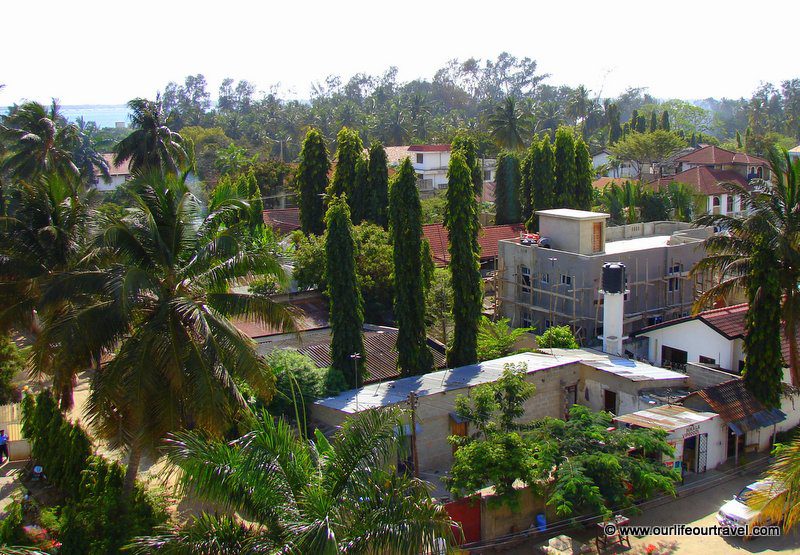
Me and two other students from Joensuu embarked on this journey. For me, it was the first time to fly a passenger jet plane. There were three legs of the trip and with each, the aircraft got bigger. From Joensuu to Helsinki we traveled with small aircraft with turbo-propellers whereas the last leg from Amsterdam to Dar es Salaam was operated by KLM’s Boeing 747. The flight landed first at Kilimanjaro airport, but it was too cloudy and dark to see anything. At least, I could have a glimpse over Sahara earlier.
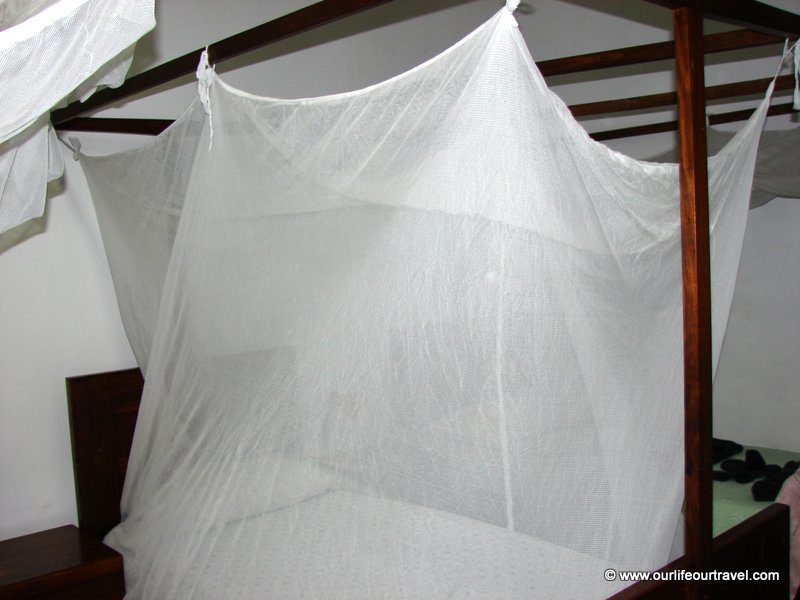
We landed at the airport in the late evening and went straight to our accommodation. On the way to the hotel, we passed one of the main streets of the capital that had street lamps, but none of them worked. In the room, it turned out that it will be the first time I slept under mosquito net 🙂 Added to the feeling that the adventure is just about to start. The hotel we stayed in was a nice change after rainy October in Finland as we could enjoy sun even during breakfast on the roof.
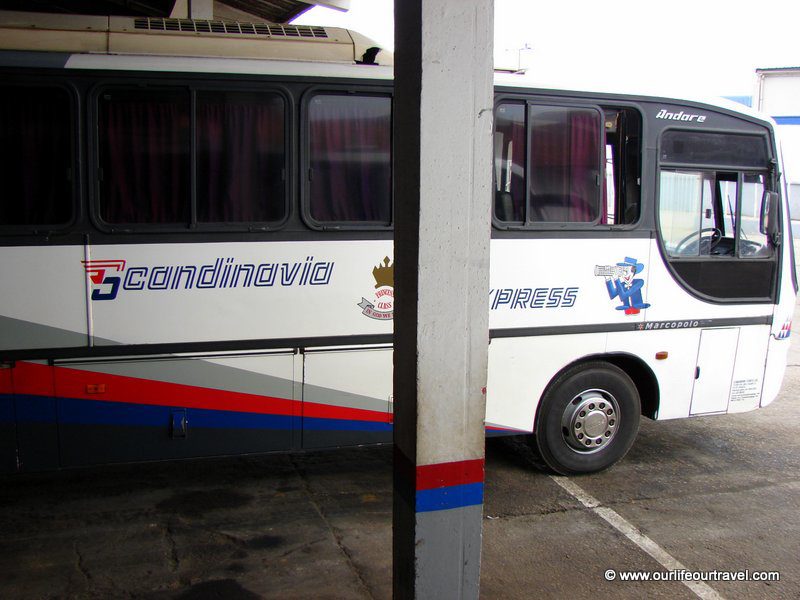
From Dar es Salam to Iringa by bus
Next day we went to the bus station where we boarded a bus to Iringa. It was another new experience as I had to start getting used to the left-hand traffic.
The bus ride took about 8 hours, but it was 500 km distance, so you can imagine that the bus was quite fast and often overtook on places with limited visibility. I spent the time absorbing the new views, mostly the countryside. In October it is dry season and there is almost nothing green in the landscape. Instead, it is all grey and brown. Even village houses are brown. Exceptions were trees and pineapple plantations.
Unfortunately, there was no wildlife, but still, it was one of the most interesting bus rides I ever had. Maybe because the steward on the bus provided snacks and refreshments on the way 😉
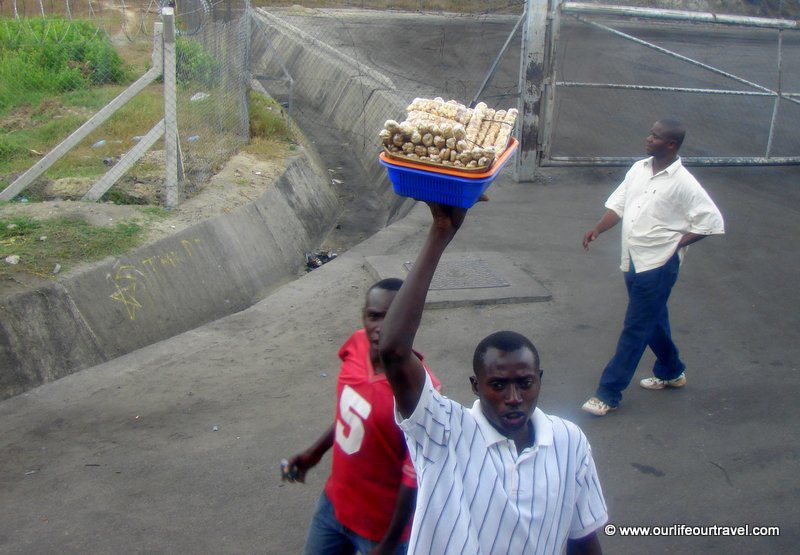
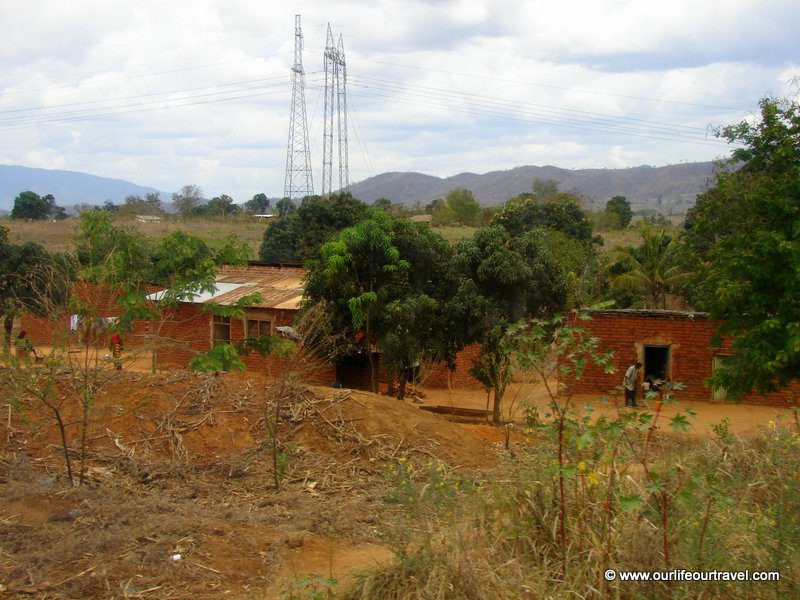
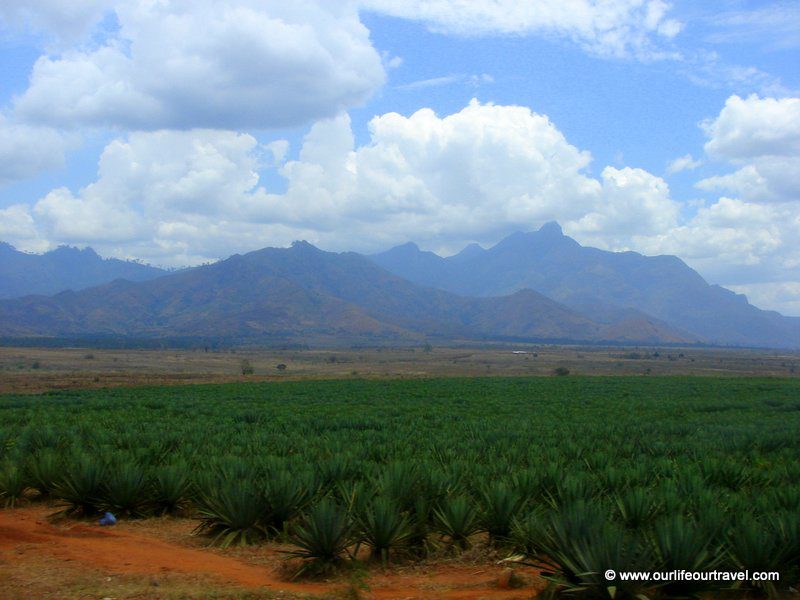
Iringa and the local buses
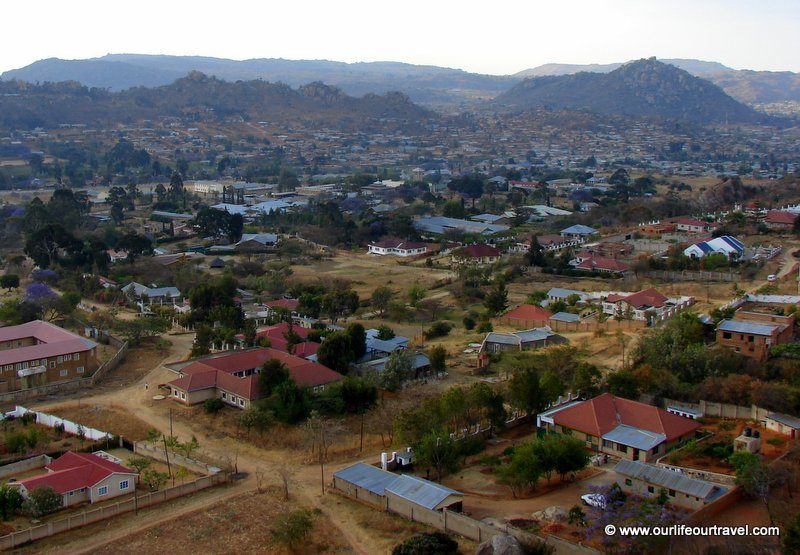
Iringa is a quite big city (over 150 000 inhabitants). It is west from Dar es Salaam in the middle of Tanzania, 500 km away from the capital. We arrived in the late afternoon to the bus station that was still swarming with people as were the surrounding streets in the center of the city.
Our accommodation was on the lovely alley with blossoming trees in the middle separating traffic from both directions. It was quite far from the university where the course was so every morning there were classes we went to the road and try to get into one of the small minibusses called ‘dala dala’. Usually, they were overcrowded and I have never got a sitting place, but people always did their best to make space for the new passengers. Anyway, there were usually passengers standing in the open doors and the minibusses didn’t really travel slowly 🙂 When everyone boarded conductor often hit the roof of the car to signal the driver that it’s time to leave the stop.
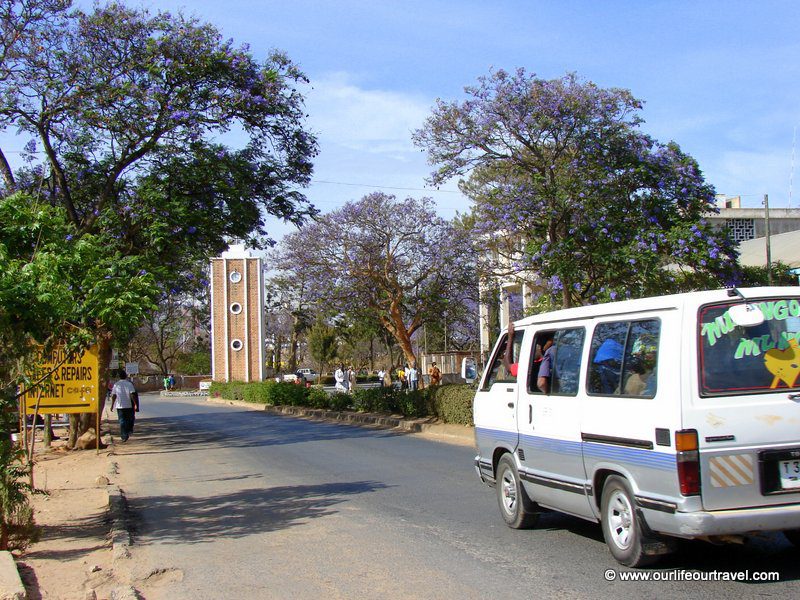
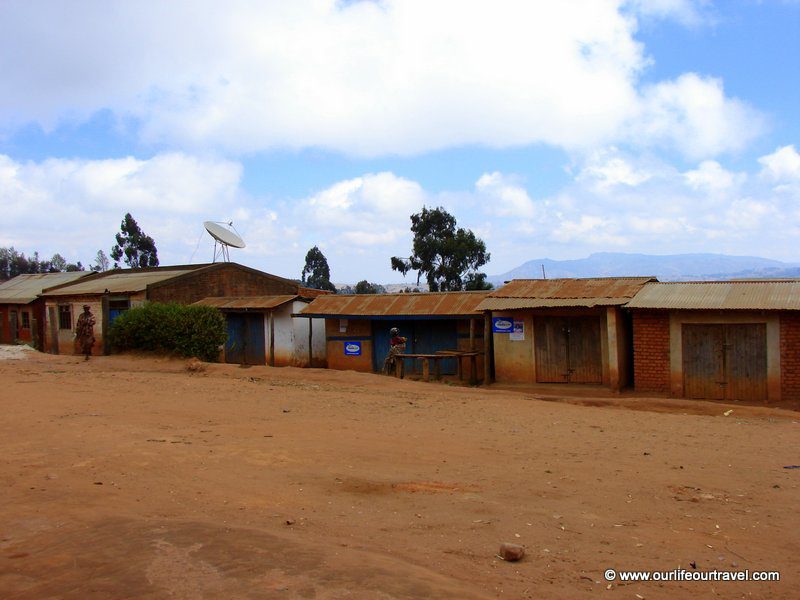
IT and the luxury of electricity
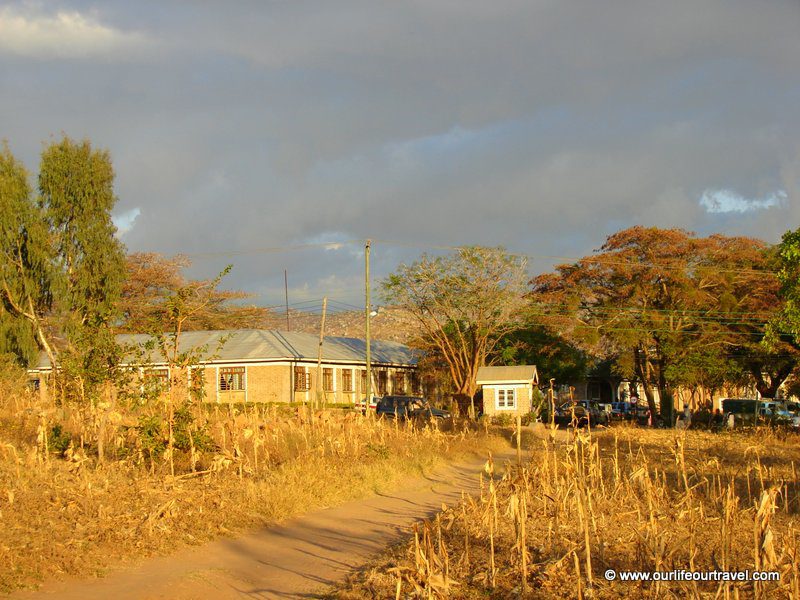
The university is a bit away from the city buildings and it takes a large area where all the department buildings, dormitories, library, and canteens are. Besides the university, during the course, we were taken for several excursions around Iringa to neighboring villages so that we can see how IT is used in everyday life.
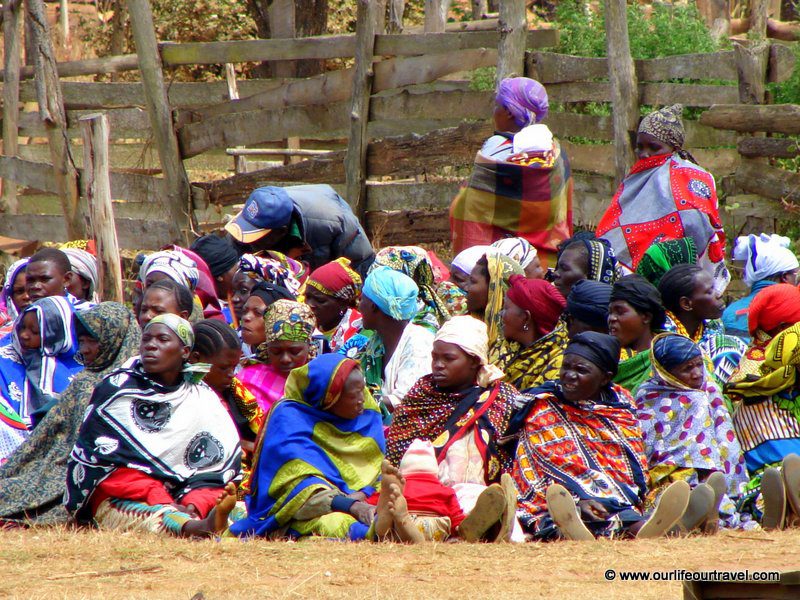
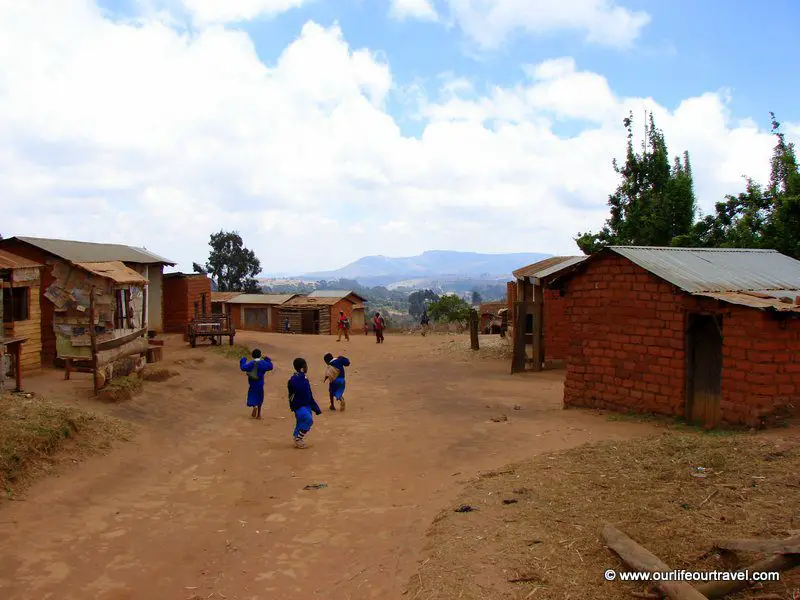
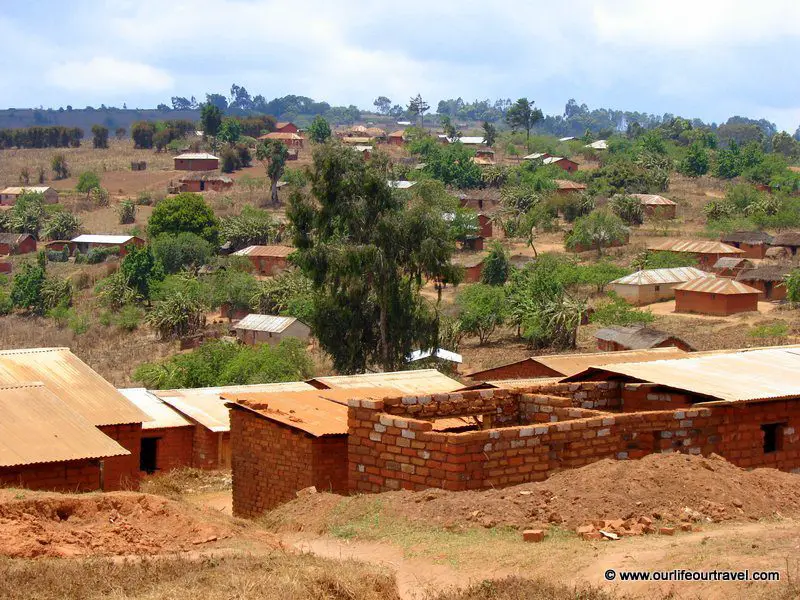
The city had constant electricity, but in the villages, the electricity came from gasoline generators. Sometimes, for example in countryside schools, electricity came from solar panels. Despite that, the mobile phones were commonly used already that time in 2008 and Tanzanian companies offered a variety of financial services via mobile like money transfers.
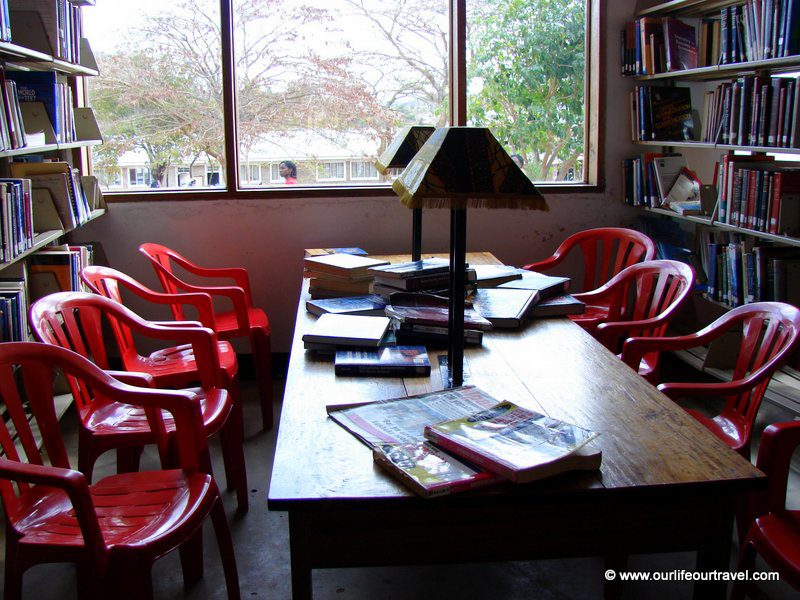
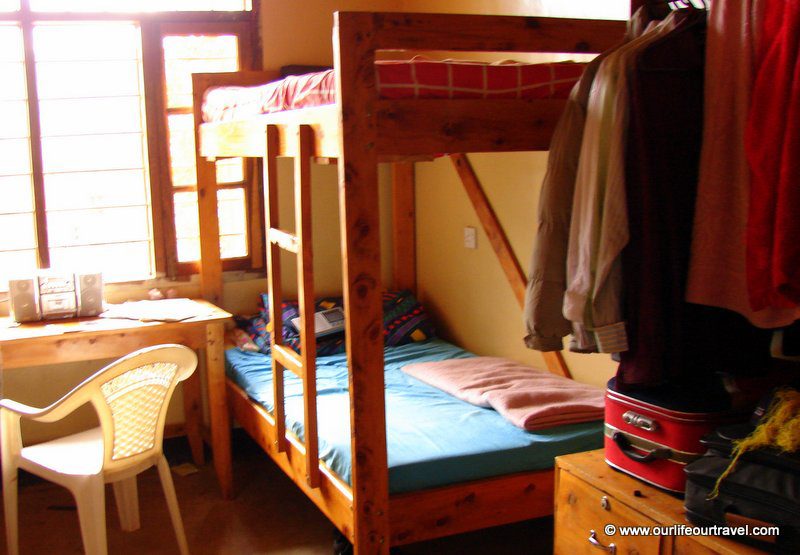
Eating out a.k.a. slow food
After sightseeing when the darkness came, we usually went to local restaurants to enjoy dinner. It was a really long dinner as preparing food took often about one hour. In one case even serving a soft drink took 45 minutes and after that making food took close to one hour, so do it only if you have time. Otherwise, use some local fast food restaurants when you can grab food waiting not more than 10 minutes. As Iringa is high above sea level, the nights were cold. Especially after the hot days, temperatures around 12 degrees at night seemed pretty cold. Probably because of that Finns who worked at university, organized sauna for themselves in one of the hotels. We could enjoy it too, but without a frozen lake or snow to jump into, it wasn’t that much fun.
Gangilonga Rocks
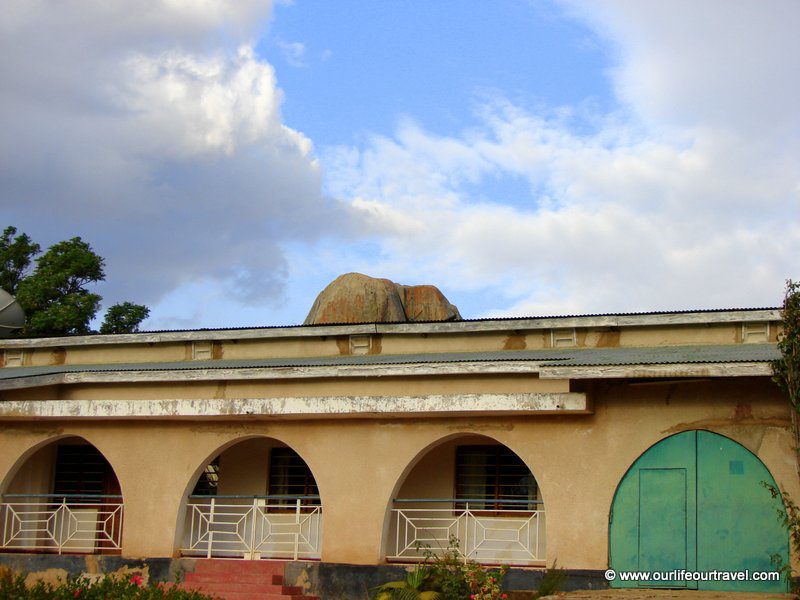
When you are in Iringa it’s worth to have a walk to Gangilonga Rock. The way to the rock leads through one of richer districts.
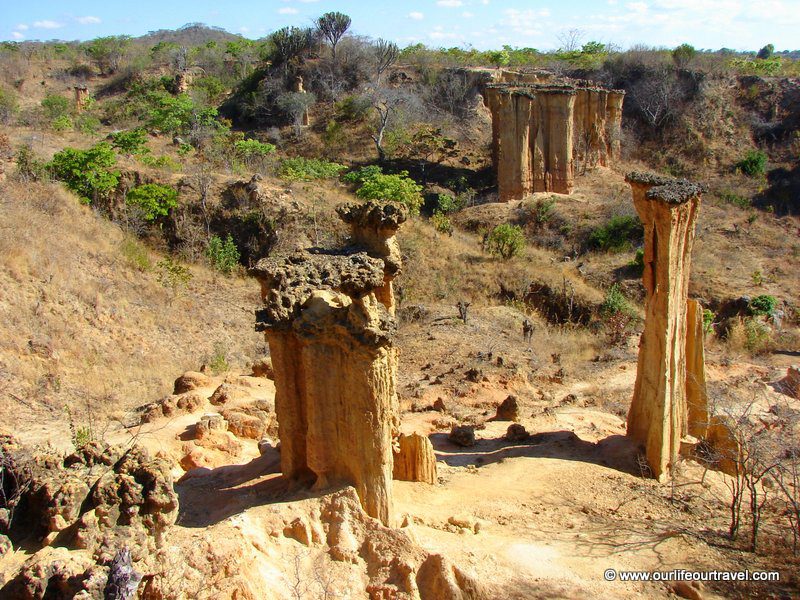
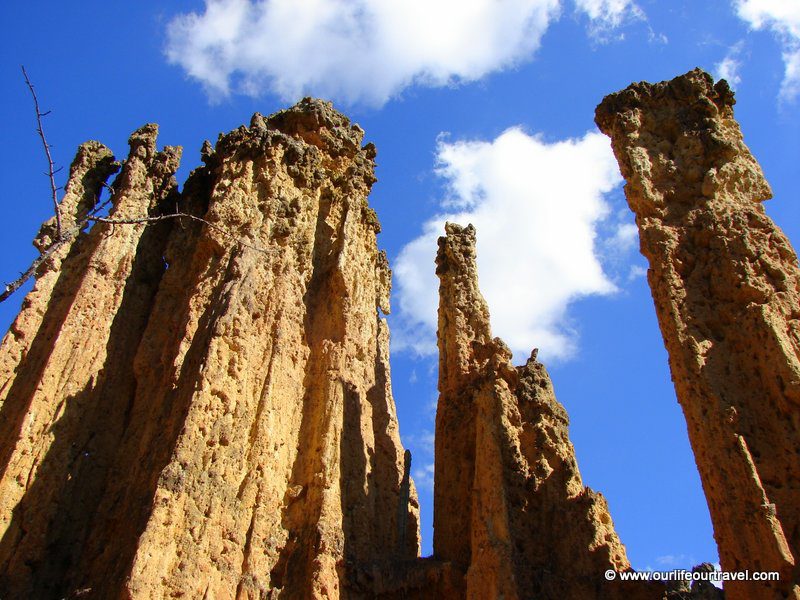
Another nature attraction next to the city is Isimila. The site has a small museum of Stone Age tools, but the real interesting part is the stone pillars nearby. It is well worth to wander among them for a while.
Iringa is also a starting point for safaris in Ruaha National Park. We spent a weekend in the park and saw many wild animals – including several of the famous safari animals.
Definitely worth to go there! Even if it’s dry season. As you can see on the picture below Iringa is famous among Polish travelers! 🙂
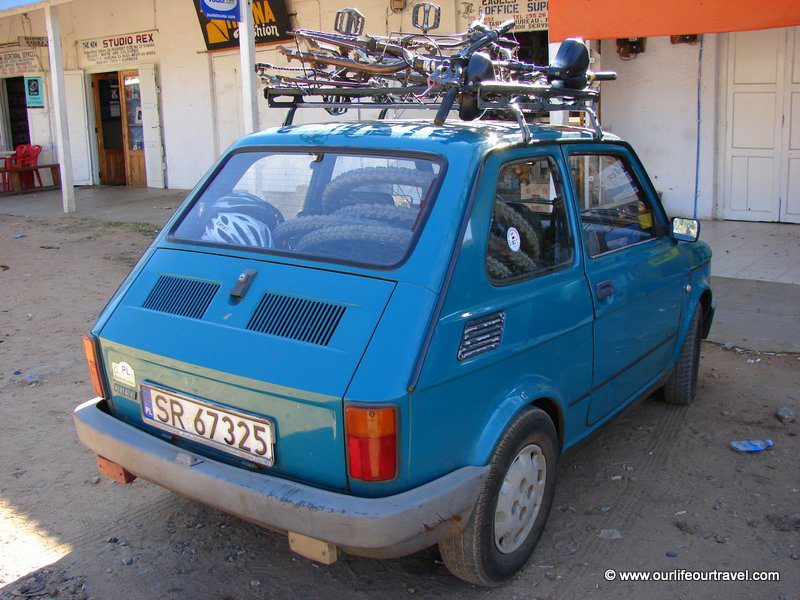
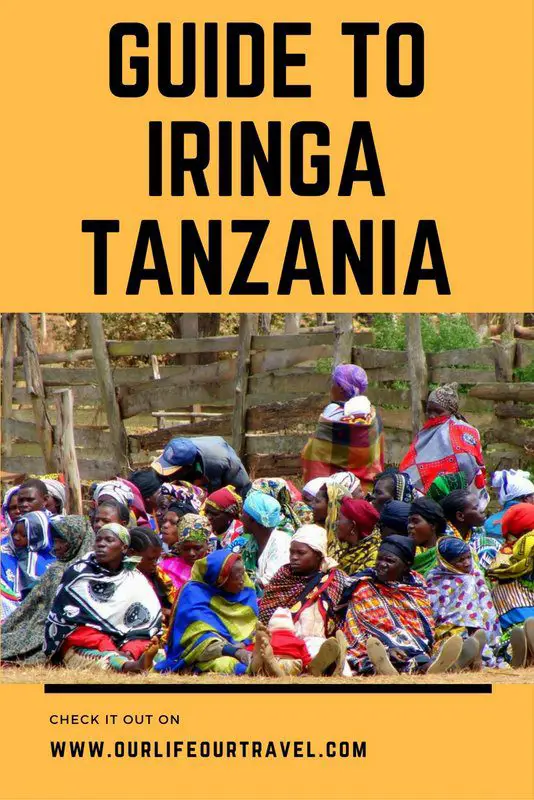
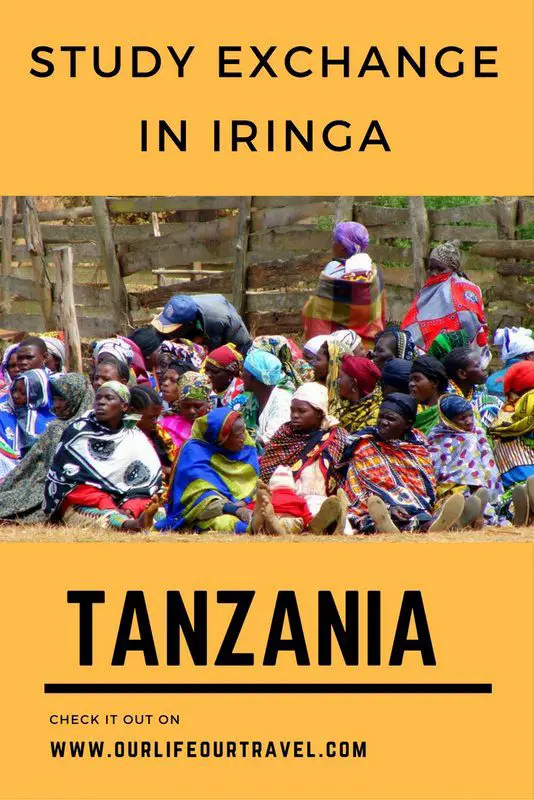
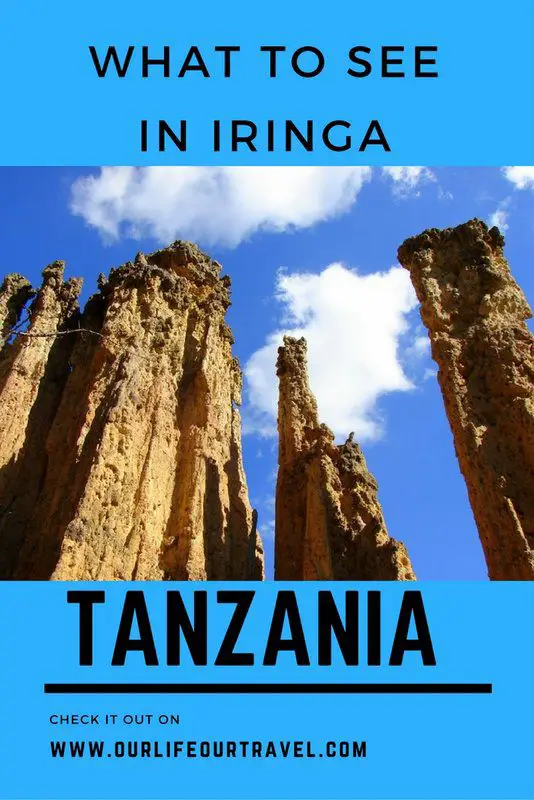
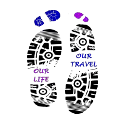
What an interesting cultural experience, and quite a journey, especially considering it is your first passenger plane experience!